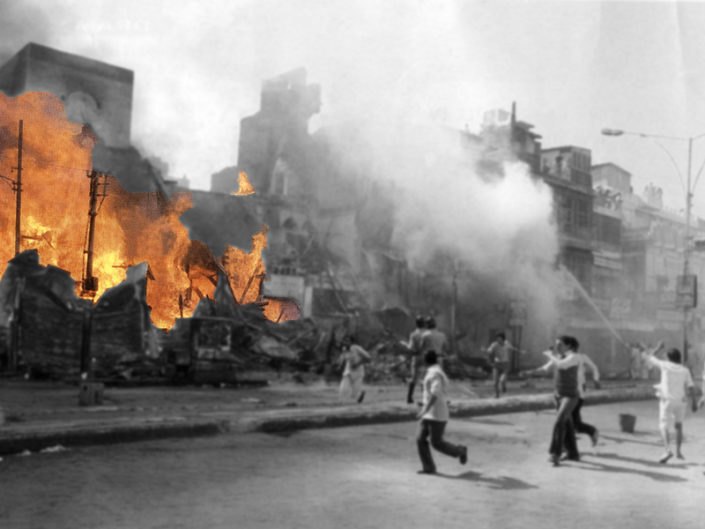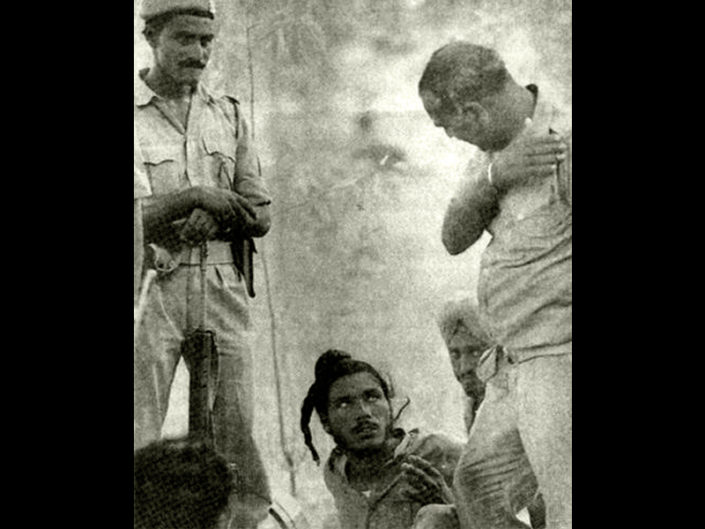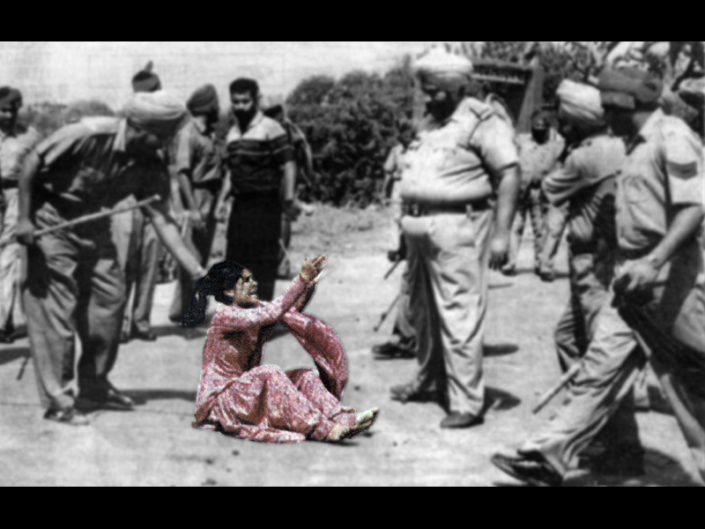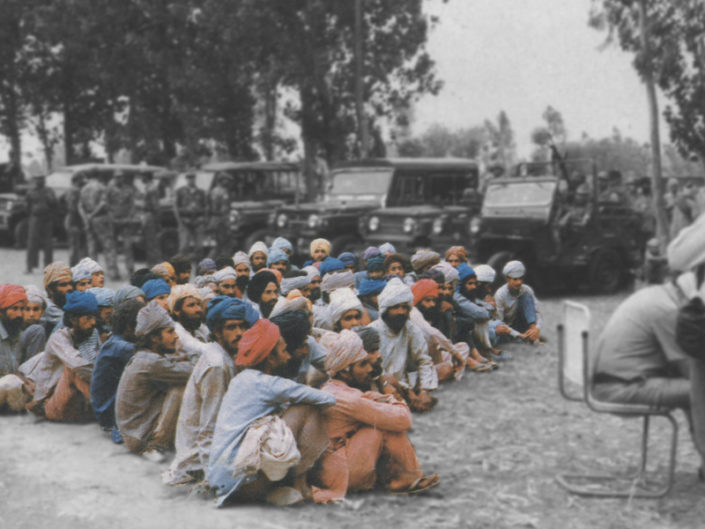After Jaswant Singh Khalra’s murder, the Committee for Coordination of Disappearances in Punjab (CCDP), undertook the difficult and dangerous task of documentation in Punjab. However a majority of cases remain undocumented.
Observers estimate that, since 1984, over 50,000_ people have been killed in Punjab and thousands more have suffered torture and illegal detention. It is believed that responsibility for a significant amount of these deaths lies with a variety of Indian State forces, including the Army, the Border Security Force, the Central Intelligence Agency, the Central Reserve Police Force, and, most of all, the Punjab Police, who the European Court of Human Rights described as “accustomed to act without regard to the human rights of suspect[s]”.
In response to a question in the Punjab Assembly, the Punjab government acknowledged that nearly 25,000 people had died as a result of political violence in Punjab since 1984. In 1994, the U.S. State Department reported that the Indian government paid over 41,000 cash bounties to police officers for extra-judicial executions, these bounties unsurprisingly encouraged extrajudicial executions and disappearances_.
Since its inception the project first primarily focussed on the Gurdaspur district of Punjab, which is the second largest affected area of disappearances and extra-judicial killings in Punjab, following Amritsar and Tarn Taran.
The documentation involved visiting the majority of 1500 villages in Gurdaspur. As well as Ajnala (in Amritsar).
The project is currently focused on Ferozpur believed to be the third largest affected area and amongst the most poorest, economically deprived and backward areas of Punjab. Our documentation till date has revealed that the border areas of Majha namely Amritsar, Tarn Taran, Gurdaspur, Ferozpur and Faridkot were not only the poorest regions of Punjab but also disproportionately affected by the violence. The documentation seeks to examine this phenomena.
The project has collected information and testimony from a wide number of sources which establish a discernible pattern of concentrated and targeted human rights abuses.
The project has also examined data from a number of sources in an attempt to breakdown the conflict to the pre 1984 attack Sikh agitation period.
The 1984 attack on Sri Darbar Sahib (Golden Temple) and military operation throughout Punjab, in an attempt to establish the number of killed who can be identified from the attack.
The Project has undertaken an exhaustive study to document, collate and analyse reported killings in the Punjabi vernacular press( the daily Punjabi newspapers of Ajeet and Jagbani), for the entire period.





